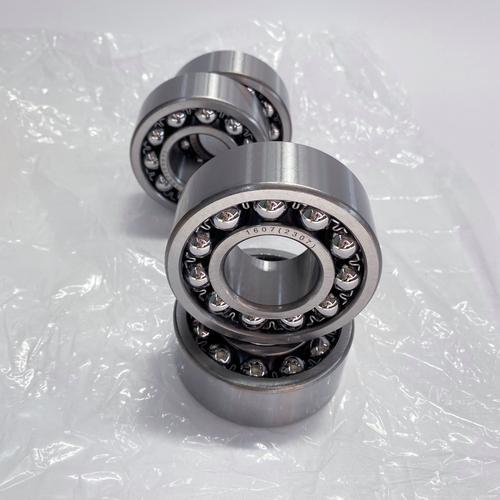Ball Bearings Applications and Types: A Comprehensive Guide for Industrial Solutions
Introduction
Ball bearings are indispensable components in modern machinery, enabling smooth rotational motion while reducing friction. From automotive systems to aerospace equipment, their applications span countless industries. This guide explores the key types of ball bearings, their practical applications, and expert insights to help you optimize performance in industrial settings.
What Are Ball Bearings?
Ball bearings consist of rolling elements confined between inner and outer rings, designed to support radial and axial loads. Their fundamental principle involves replacing sliding friction with rolling friction, significantly improving mechanical efficiency. Precision engineering ensures minimal energy loss during operation, making them vital for high-performance machinery.
Main Types of Ball Bearings
Deep Groove Ball Bearings
Ideal for handling radial loads, these versatile bearings feature simple construction and low maintenance requirements. Common in electric motors and pumps.
Angular Contact Bearings
Designed for combined loads, these bearings support both radial and axial forces in specific directions. Widely used in gearboxes and machine tool spindles.

Thrust Ball Bearings
Specialized for axial load management, available in single-direction and double-direction configurations. Essential for automotive steering systems.
Key Industrial Applications
- Automotive: Wheel hubs and transmission systems
- Aerospace: Engine components and flight control systems
- Manufacturing: CNC machines and robotic arms
- Energy: Wind turbine generators
Selection Criteria
Consider load capacity, rotational speed, operating temperature, and environmental conditions. High-grade steel bearings suit general purposes, while ceramic hybrids excel in high-speed applications.
Industry Trends
Smart bearings with embedded sensors are revolutionizing predictive maintenance. Advances in material science are enhancing durability, with graphene-coated bearings showing 40% longer lifespan in recent trials.
Why Choose Our Ball Bearings?
Our ISO-certified manufacturing facility produces precision ball bearings with micron-level tolerances. Custom solutions available for specialized industrial requirements, backed by 24/7 technical support.
FAQs
Q: How often should ball bearings be lubricated?
A: Lubrication intervals depend on operating conditions – typically 6-12 months for standard applications.
Q: Can ball bearings handle misalignment?
A: Self-aligning ball bearings compensate for minor shaft misalignments up to 3 degrees.
Conclusion
Understanding ball bearings applications and types is crucial for optimizing machinery performance. Explore our catalog to find precision-engineered solutions tailored to your industrial needs. Contact our engineering team for personalized consultation today.




 13869596835
13869596835